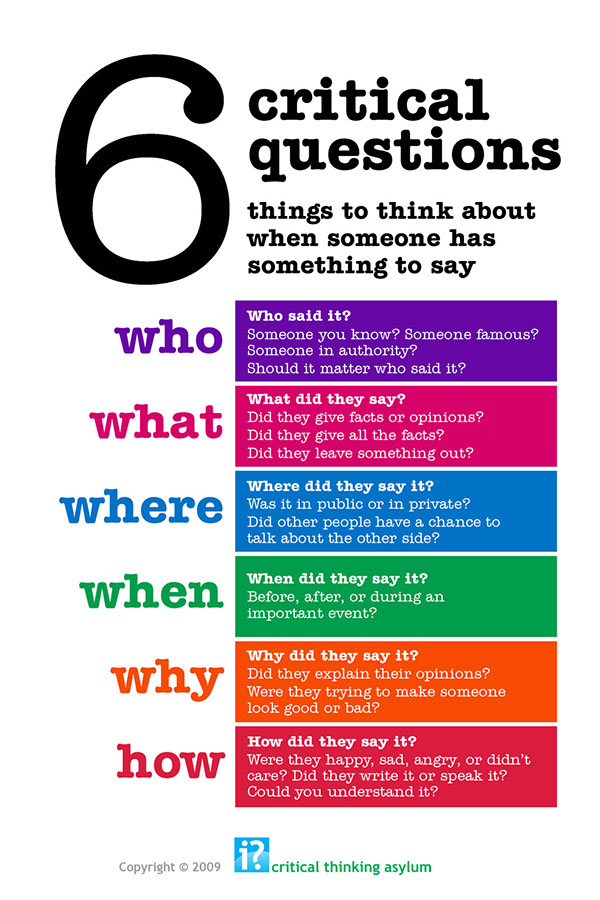Lately, I have been reading Sonia White‘s Designing Defensible Programs for Gifted Secondary School Learners, and I have been inspired so much from her book. In one of the chapters I read about Affective Thinking. Affective thinking is
“the sense the individual makes of the world around him in relation to what he feels is valuable, ethically or morally right; what he feels is appropriate remedial or supportive action, and what he envisions as the ideal. what he prioritizes as important, worth caring about.” (Mathew Lipman)
Sonia White lists some characteristics that gifted children have that is linked to affective thinking. Here are just a few (pg. 154):
- Can have a high sensitivity and intense emotional response;
- Can be deeply perceptive;
- May be driven by a deep sense of right and wrong;
- Are often deeply concerned by community and/or world issues
As teachers we often focus most on critical thinking. We want our gifted children to be able to reason though problems, and come up with solutions or evaluations of issues and problems. Critical thinking is an important part of education. It is embed ded in just about every subject tought in school.
ded in just about every subject tought in school.
Creative thinking is also taught in school. What I love about creative thinking it is less rigid as critical thinking. In the creative thinking process we want students to brainstorm multiple solutions to problems. We want students to be creative though day dreaming, doodling, discussions, and play. Gifted students need to have the freedom to think and create ideas how they best think.
One aspect of thinking that I feel doesn’t get enough attention is affective thinking. We don’t give students the time or opportunity to discuss what they feel about things that are going on in society, or globally. We don’t let them express the things they value most or least about a topic,idea, or issue.
After reading the affective thinking section in Sonia’s book, I came to the realization that I don’t give my students an opportunity to express their values and feelings either. I need to figure out how to give my students more opportunity to express what they feel and value. I recently bought the book Philosophy for Kids by David White, Ph.D. It has forty questions that can give students the opportunity to express their values about a topic for discussion. (I plan on implementing this very soon.)
I also want to share a few websites that Sonia also shared in her book. These websites are dilemma situations. Giving a student a dilemma to work though they will have to share what they feel and value though their answers. Check out these two websites:
http://friesian.com/valley/dilemmas.htm
http://haverford.edu/psych/ddavis/p109g/kohlberg.dielmmas.html
Is your teaching mostly focused on critical and creative thinking? Have you thought about incorporating affective thinking into your curriculum? If you do, what resources do you use? How do your students respond to affective thinking? I would love to hear from. Please share in the comments section.

I am delighted to read your thoughts on affective thinking, and agree with you that it is an area of thinking that often doesn’t get enough attention in our classrooms – yet how inspired, and passionate our students can become when we engage their hearts and minds! I am humbled that my book has inspired you to consider this important aspect of your teaching. Thank you for sharing your thoughts about it with others. Kind regards, Sonia White
Hi Jeffrey,
I am a M.Ed. student and I am just beginning to hear Matthew Lipman’s name mentioned. The quote of his that you used above is interesting. What piece of his work does it stem from?
Kind regards,
Stephen